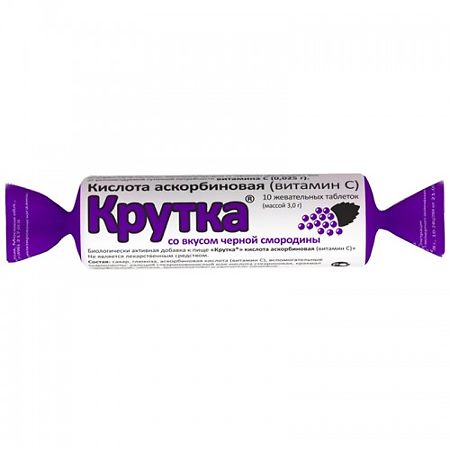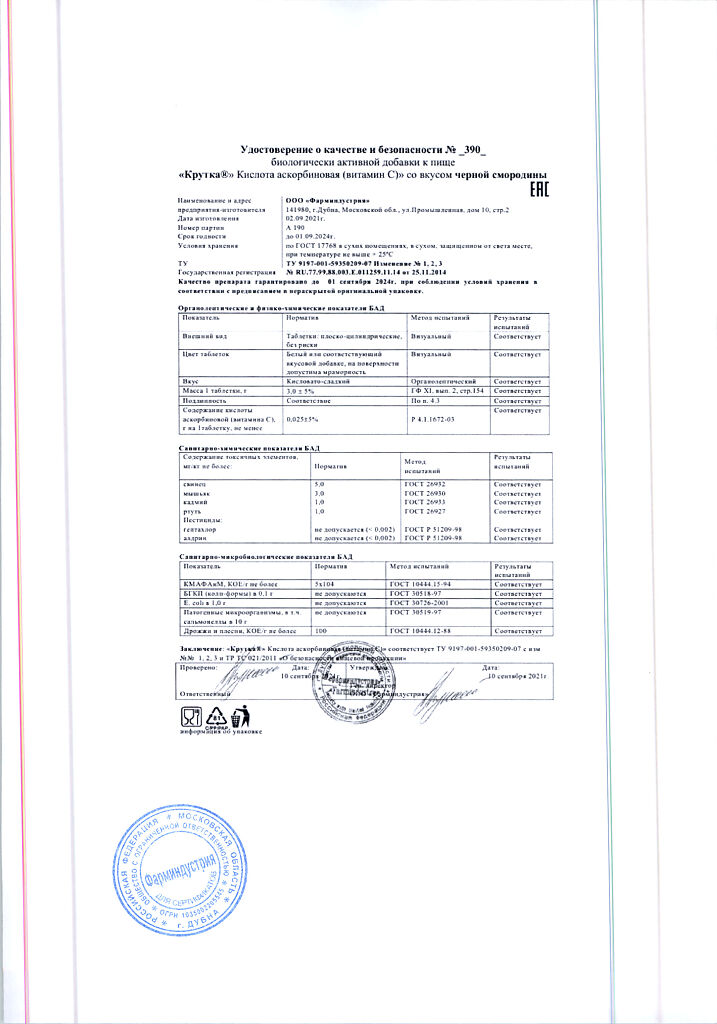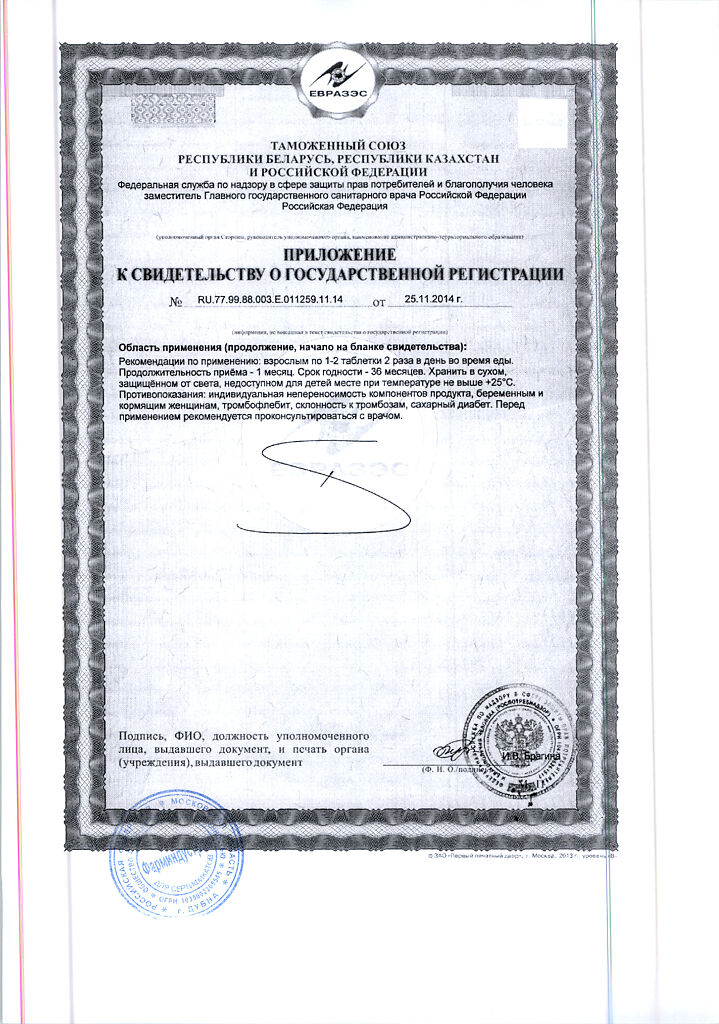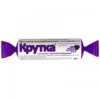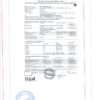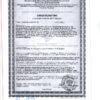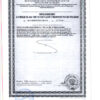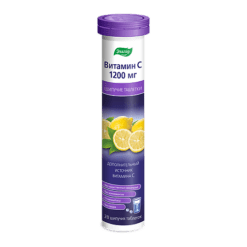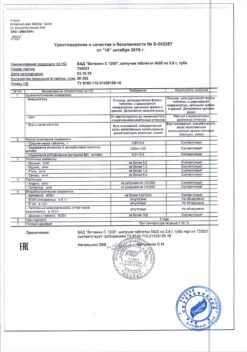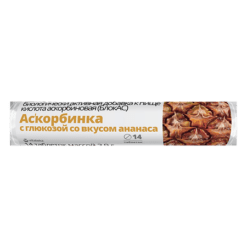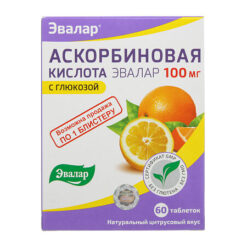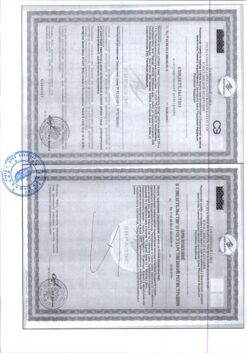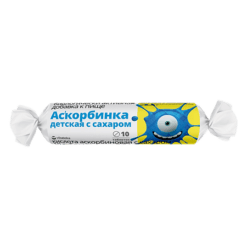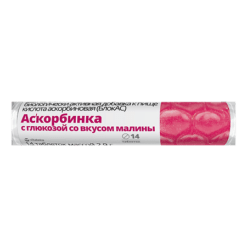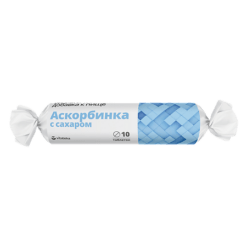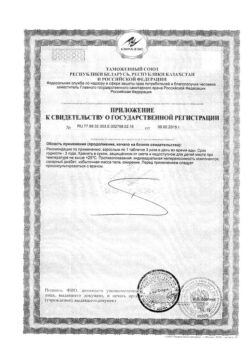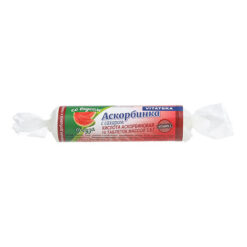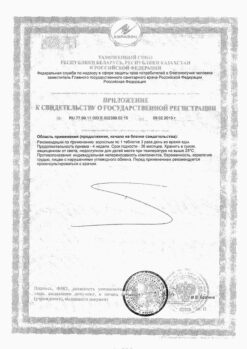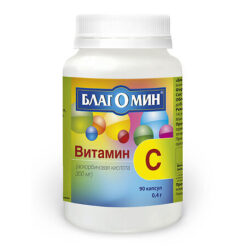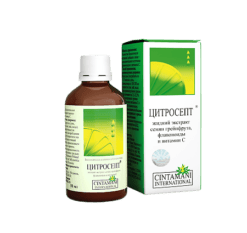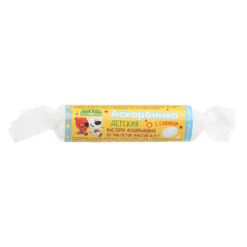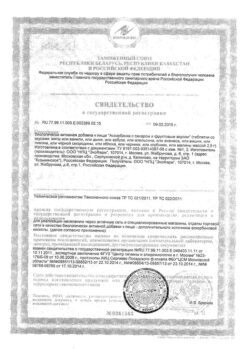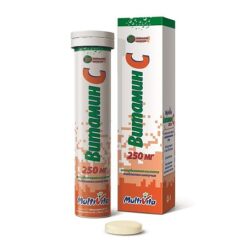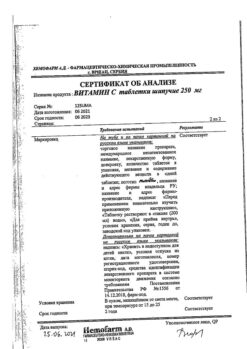No products in the cart.
Ascorbic acid, twist currant, 10 pcs.
€4.00 €3.64
Description
Ascorbic acid has pronounced reducing properties, is involved in the regulation of carbohydrate metabolism, redox processes, blood coagulation, normalization of capillary permeability, tissue regeneration, synthesis of steroid hormones, collagen, procollagen.
Pharmacokinetics
Binding with plasma proteins – 25%. The concentration of ascorbic acid in plasma is normally about 10 – 20 µg/ml. It penetrates easily into leukocytes, platelets and then into all tissues; the highest concentration is in glandular organs, leukocytes, liver and eye lens; penetrates through placenta.
The concentration of ascorbic acid in leukocytes and platelets is higher than in erythrocytes and plasma. In deficiency states, the concentration in leukocytes decreases later and more slowly and is considered a better criterion for assessing deficiency than the concentration in plasma.
It is metabolized primarily in the liver to deoxyascorbic acid and then to oxalic acid and ascorbate-2-sulfate.
.
Indications
Indications
Composition
Composition
Sugar, glucose, ascorbic acid (vitamin C).
Auxiliary components: calcium stearic acid or stearic acid, potato starch, lactose, flavoring and food coloring.
How to take, the dosage
How to take, the dosage
The drug is taken orally after meals.
For prevention: Adults 0.05-0.1 g a day, children from 5 years 0.05 g a day.
Treatment:Adults 0.05-0.1 g 3-5 times a day, children from 5 years 0.050.1 g 2-3 times a day.
During pregnancy and breastfeeding 0.3 g a day for 10-15 days, then 0.1 g a day.
Interaction
Interaction
Special Instructions
Special Instructions
Because of the stimulating effect of ascorbic acid on the synthesis of corticosteroid hormones, adrenal function and blood pressure should be monitored. High doses of ascorbic acid increase oxalate excretion, contributing to the formation of kidney stones. Newborns whose mothers have taken high doses of ascorbic acid and adults who have taken high doses may experience “ricochet” scurvy.
In prolonged use of high doses it is possible suppression of pancreatic insular apparatus function, therefore it should be regularly monitored during treatment. In patients with increased iron content in the body ascorbic acid should be used in minimal doses. As a reducing agent ascorbic acid may distort the results of various laboratory tests (blood and urine content of glucose, bilirubin, activity of “liver” transaminases and lactate dehydrogenase).
Influence on driving and operating machinery
At the time of treatment, caution must be exercised while driving motor transport and engaging in potentially dangerous activities that require increased concentration and rapid psychomotor reactions.
Contraindications
Contraindications
Overdose
Overdose
Symptoms: nephrolithiasis, insomnia, irritability, hypoglycemia.
Treatment: symptomatic, forced diuresis.
Assignments
Assignments
Pregnancy use
Pregnancy use
In pregnancy and during lactation, use only if the estimated benefit to the mother exceeds the potential risk to the fetus and child. The minimum daily requirement of ascorbic acid in the II-III trimesters of pregnancy is about 60 mg. It should be borne in mind that the fetus can adapt to the high doses of ascorbic acid taken by the pregnant woman, and then the newborn may develop “withdrawal” syndrome. The minimum daily requirement during lactation is 80 mg.
A mother’s diet containing an adequate amount of ascorbic acid is sufficient to prevent its deficiency in the infant. Theoretically, there is a danger to the child when the mother uses high doses of ascorbic acid (it is recommended not to exceed the breastfeeding mother’s daily requirement of ascorbic acid).
Additional information
| Shelf life | 2 years. |
|---|---|
| Conditions of storage | In a place protected from light at a temperature not exceeding 15 ° C. |
| Manufacturer | Pharmindustriya, Russia |
| Medication form | pills |
| Brand | Pharmindustriya |
Other forms…
Related products
Buy Ascorbic acid, twist currant, 10 pcs. with delivery to USA, UK, Europe and over 120 other countries.

